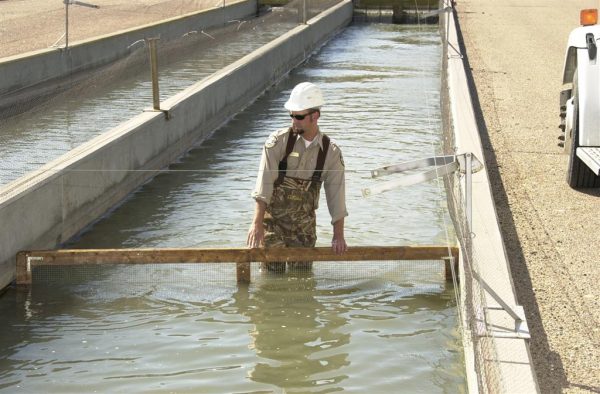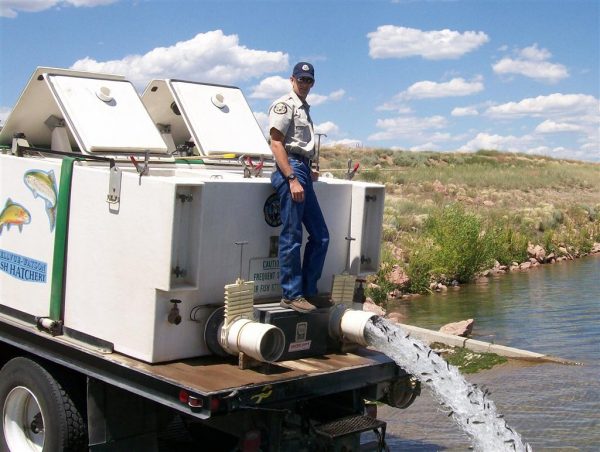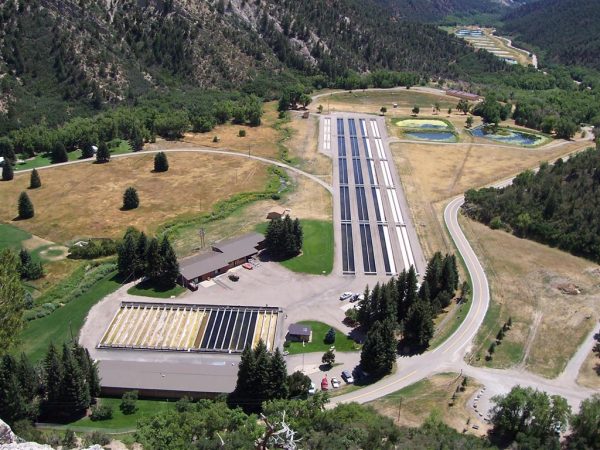Not all of Colorado’s fishes are born in the waters they call home. Each year, Colorado Parks & Wildlife (CPW) breeds over 90 million fish in 19 hatcheries across the state. These fish are then distributed to waters around Colorado. There are two main reasons for fish stocking — one is to provide more fish for anglers to catch, and another is to help boost populations of threatened and endangered native species. Each year, CPW produces a schedule of what species of fish — and how many of them — will be distributed to each lake or river. This year’s Fish Distribution Schedule has just been released, and can be viewed online from our library.

All of CPW’s fish hatcheries are open to the public year-round. Visit CPW’s website for a map of the hatcheries, along with a description and photos of each location. Then, head over to CPW’s Fish Survey Summaries webpage to learn about which fish species you can find in your favorite lake or river.

You can read about how fish stocking helped bring one of Colorado’s native species back from near extinction in Life History and Ecology of the Greenback Cutthroat Trout. A DVD, Incredible Journey of the Greenback Cutthroats, is also available for checkout from our library. We also have information on the practice of stocking fish for recreational purposes, such as this study from Colorado State University. Our library has hundreds of other publications on Colorado’s fish, so visit our web catalog to search for resources.

- How to Spot the Differences Between Eagles and Hawks - August 16, 2021
- How Transportation Projects Help Tell the Story of Colorado’s Past - August 9, 2021
- Time Machine Tuesday: The Night the Castlewood Canyon Dam Gave Way - August 3, 2021